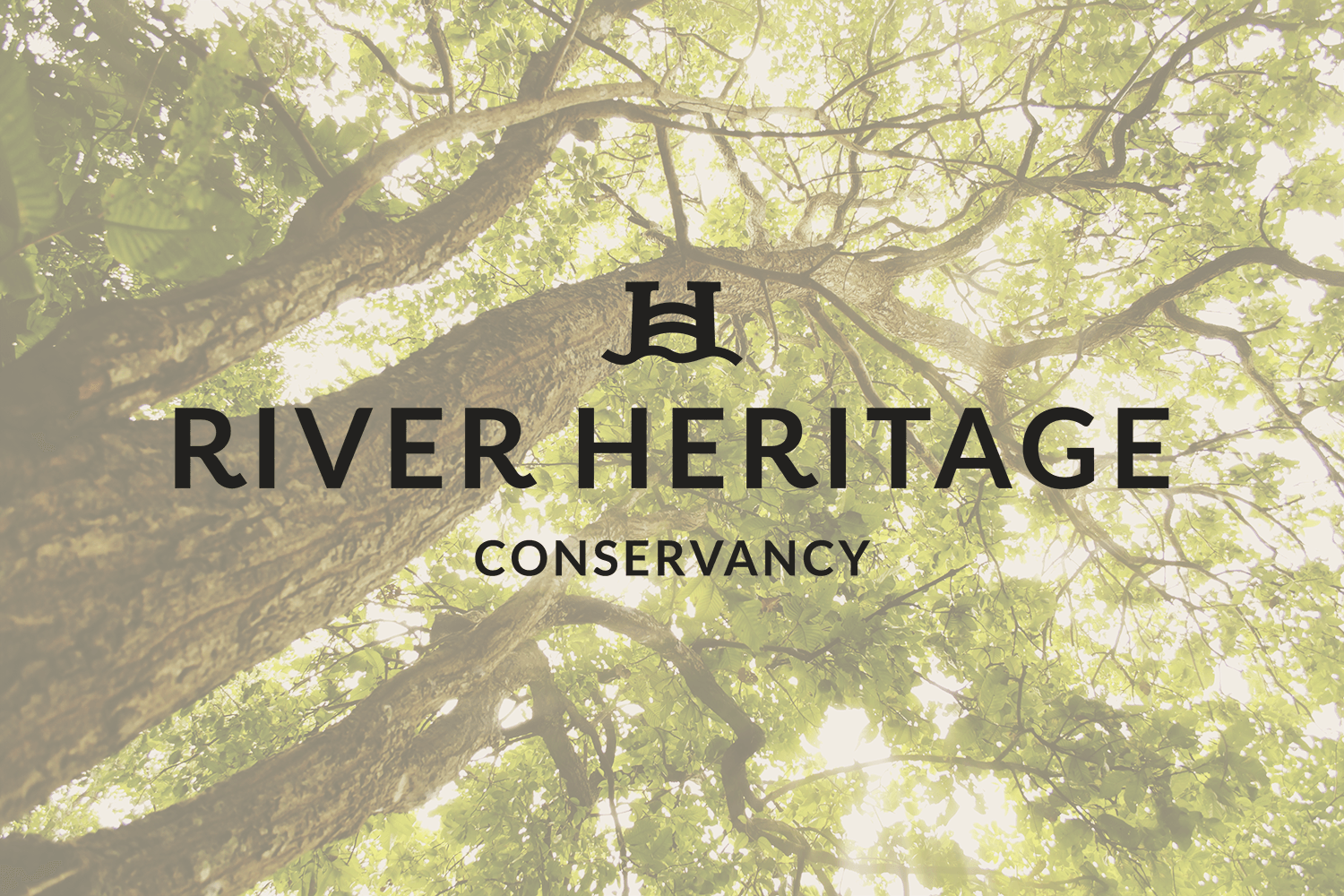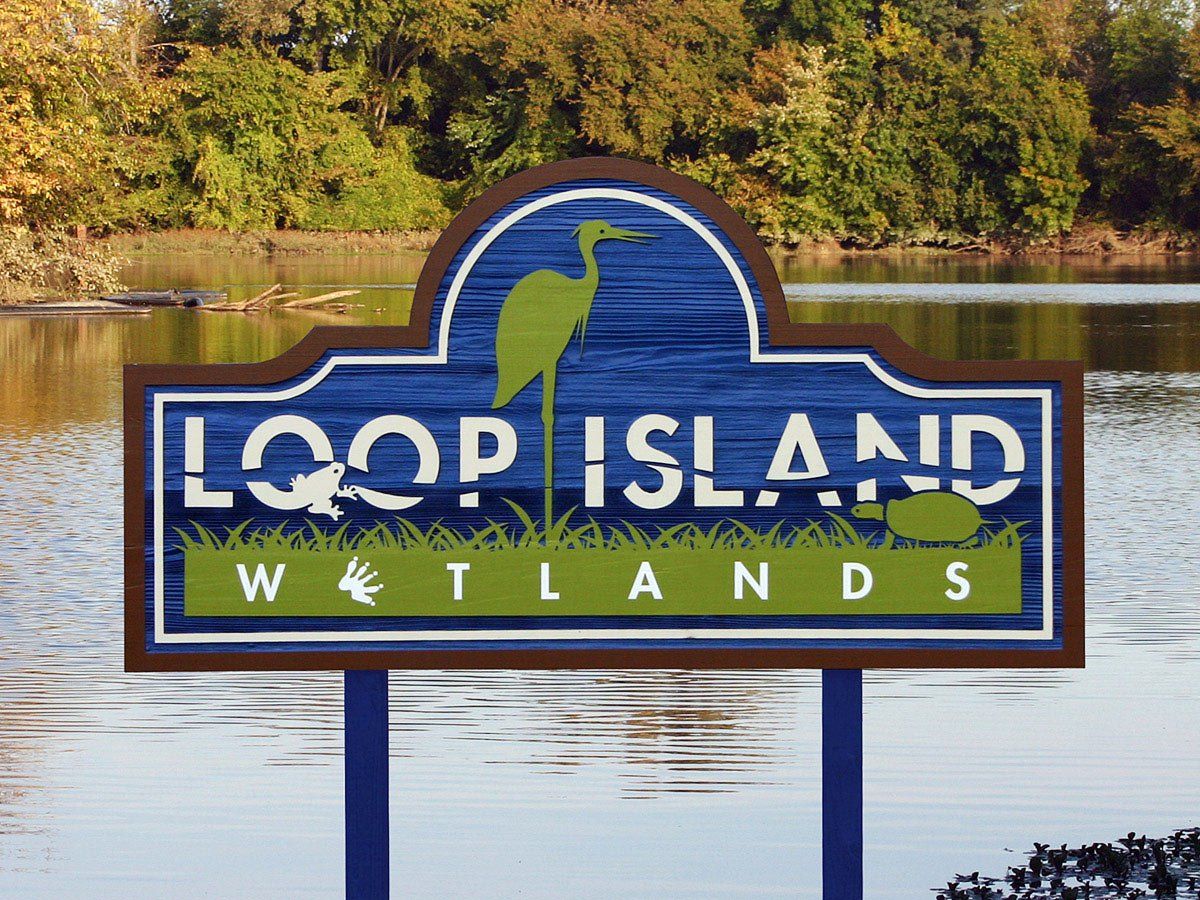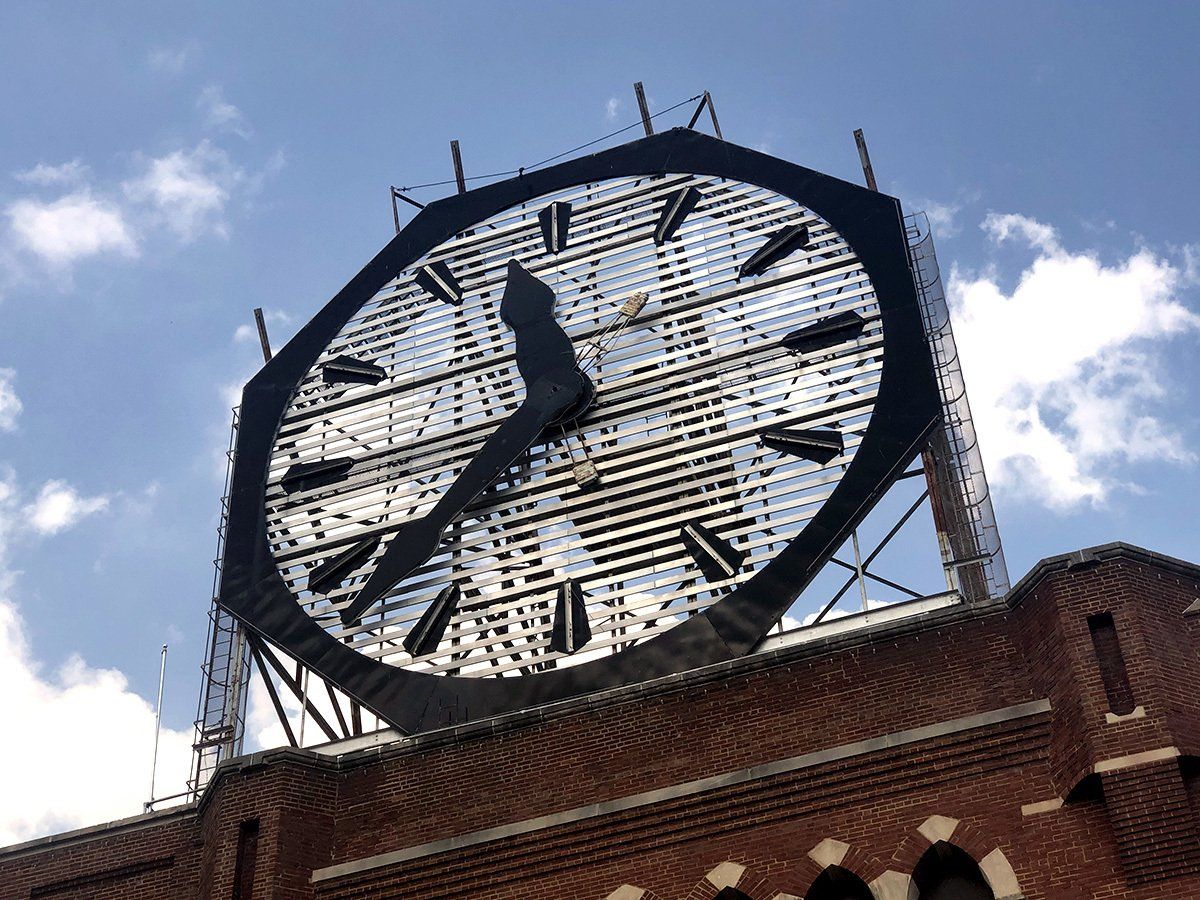Stories Along The River #2
Dale Moss • August 20, 2019

A Park of Some Sort, of Some Size, in Some Place
A park of some sort, of some size, in some place, is promised to us for some time.
Some might claim that is a lot not to know.
Fair enough for now, not yet spring of 2019. Whatever the River Heritage Conservancy has in mind indeed remains more notion than reality. Hopes are being raised, being shared. But this is not the government.
Any responsibility the River Heritage Conservancy takes on is self-imposed.
That is enough, though, more than enough, to give this group the benefit of the doubt. To be patient is not to be skeptical. A big commitment goes hand in hand with a big vision. The Conservancy continues already to buy large chunks of acreage. It arranges use of more land. It puts top-shelf planners to work.
And it has in place a day-to-day leader who knows well the tricks of this trade.
I have been asked to help tell the Conservancy's story. I look forward to chapters unfolding. Questions will be answered. Fuzziness will come increasingly into focus. People most involved know extraordinary success. This is more mission than hobby for them.
To wonder what we will end up with is understandable. What isn't is to wonder if we end up with something that boosts Southern Indiana. Will my pre-school grandchildren know exactly who to thank? Perhaps not.
Will they take joyful advantage of however the Conservancy's gift ultimately looks and feels? Seems certain.
I go out on that limb after visiting with three of the Conservancy's board officers. Each offers different experiences and perspectives and is at different points in life.
None needs this duty to keep busy.
All are immersed, nonetheless. They are bought in and then some. Their involvement is both necessary and nice. This project requires a conscience and these three help fill the bill. Let's take a little tour.
Kent Lanum chairs the Conservancy board. That is something of a spillover from his job as president of the Paul Ogle Foundation.
Lanum follows his father, Robert Lanum, as the CEO of the Foundation (the elder Lanum still chairs).
Kent Lanum's hard-charging approach is for the Foundation better to help set our area's agenda. This is a Foundation determined to propose and to push. It issues challenges like it writes checks.
Lanum is not bashful about saying no, which is how he reacted when invited onto the state-established Ohio River Greenway Commission. "I'm not into tree hugging," Lanum told me. "It's not for me."
However, this flirtation seems to have focused Lanum more on the potential for greatness along the Ohio. Hamstrung in one way and another, the Greenway Commission can do only so much. Let's do more, Lanum began to say.
With help, Lanum and the Ogle Foundation tried hard to steer a new state program, the Regional Cities Initiative, to the riverfront's aid. A $42 million shot in the arm was at stake. "It was an opportunity to bring economic development," Lanum said.
"It seemed like a natural fit."
Our region itself, however, did not fully agree. The state took elsewhere its rare sugar- daddy deal. A bruised Lanum breathed deeply and regrouped. Game-changing potential remained, dying for adoption. "Why can't we just go on and do it?" he said he asked. "We can make it happen."
He added, "What motivates me, I like being underestimated and getting things done."
The River Heritage Conservancy was born.
Lanum began to recruit allies, potent colleagues to provide brainpower and bucks or both. A plan-turned-spectacular-reality - the Parklands of Floyds Fork, in Louisville - could serve as handy role model.
Ramrods of the Parklands gladly coached Lanum to stand strong and to aim high. "It doesn't cost that much more for excellence," Lanum said he learned.
New and eager, the Conservancy board set out to find the ideal executive director. It was willing to look far and wide. It needn't. Turns out that Scott Martin, who had nurtured the nearby Parklands to life, wanted a convenient, professional repeat.
Martin moved into an office in Jeffersonville and moved the River Heritage Conservancy from talk to action. "It's not easy," Lanum said. "But it's not hard when you get the right people involved."
Count Madison Hamman among those right people. He was soon to turn 32 when we talked but looks more a teen man looking forward to the senior prom. Hamman's career certainly is one for a special grown-up, though.
Hamman manages the Blue Sky Foundation, established to do good by the John and Jane Shine family, owners of Samtec in New Albany. The proposed park is a key Blue Sky thrust, so Hamman is vice president of the Conservancy board.
The riverfront emerged on Blue Sky's radar because the Loop Island wetlands, in New Albany, all-but begged for a rescue. Blue Sky passed on jumping in - the city of New Albany took it on - but a desire lingered.
Hamman grew up in Clarksville and, like many, spent time in the hard-edged area of town that is the Conservancy's chief target. Hamman found car parts at the junkyards there, for instance. Could the hugely-historic area be reclaimed, rehabbed, made again more of an magnet than an eyesore? "We always like projects for the good of Southern Indiana," Hamman said.
"Let's look at what would that mean."
Already occasional partners the two foundations - Ogle and Blue Sky - paired to put riverfront overhaul high on their to-do lists. For Hamman, like for others, the project makes sense in so many ways, however painstaking. "It's not for the faint of heart, that's for sure," he said.
Blue Sky generosity affords land purchases, 280 acres or so as of this writing. The ease of deal-making was unpredictable. "We've got some big wins," Hamman said.
The acquisition effort steadily goes on, of course. Fruit remaining may not be so low-hanging. The pace of progress happily surprises Hamman, however. "The past two years have been really exciting," he said.
Fair or not, this seems now to be mostly no-man's land. Some of it routinely floods, its reuse restricted. "That's not going to change," Hamman said.
Optimism abounds in step with patience. Lots of parts are moving. Momentum is clear and hopefully unstoppable. Questions will be answered. "If not us then who?" Hamman asked. "If not now then when?"
Jim Kenney became one of the 'us' from a different direction. He takes care of his two grandchildren, not a foundation. His citizenship had centered on a stewardship ministry at St. Anthony Catholic Church.
But when the River Heritage Conservancy settled on Clarksville as central focus, a trusted town elder needed to be in the middle of things. Enter Kenney, a lifelong resident and retired corporate lawyer.
"Sounds like something I'd like to do," Kenney said he responded when invited. "I like to be involved. Retirement allows me to be more involved."
Kenney, the Conservancy board secretary, lives a veritable stone's throw or two from the target zone. He shot his b-b gun there as a boy. He learned to rely on it as a cut- through as a commuting man.
No arm-twisting was needed for Kenney to share the vision. He said, "Obviously it's a huge challenge - to take land abused over the last 50 years and get it in condition for a park."
Taking me on a look-see, detail-oriented Kenney pointed out the status of this parcel and that one. Very familiar with what the area is, Kenney easily imagines what it could be. Encouraged like is Hamman, Kenney nonetheless respects the tasks ahead. "We have a long way to go, we sure do," he said.
At 63, Kenney said he tells his wife he may not experience the full-fledged glory in which the River Heritage Conservancy intends to bask. So be it. This is hard work certainly still worth doing. Any and all uncertainties are but temporary. "Every generation needs to do something for the next generation," Kenney said.

Goodman shares confidence that the River Heritage Conservancy will attract crowds to the riverfront, will cap off already-burgeoning efforts. Like do few others, Goodman relates to the height both of the Conservancy's challenges and its potential rewards. "This is definitely game changing," Goodman said, grandsons awaiting. "They are looking at a much bigger scale, more elaborate features.
